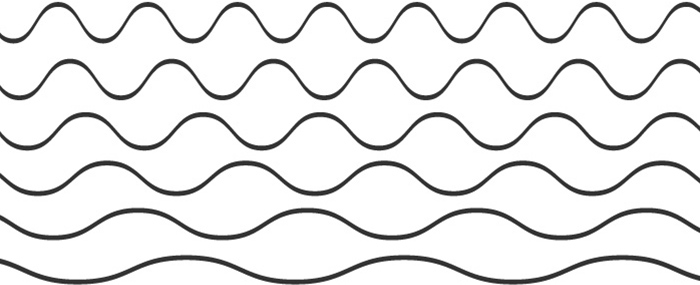The first implantable pacemaker was designed in 1958 to treat heart arrhythmias.
But what about a brain pacemaker for depression? What if we could use that 50 year-old cardiology device to treat modern day depression?

Dr. John Zajecka of the Rush University Medical Center and his team used a pacemaker-like implant to treat patients with chronic, therapy-resistant depression.
The vagus nerve stimulator (VNS) works by sending brief, gentle pulses to the left vagus nerve.
Pulses travel along the vagus nerve to the central nervous system controlling mood, appetite, motivation, sleep, and other symptoms common to depression.
Dr. Zajecka found that more than 50% of people who suffered from depression for an average of 25 years received some relief, about one third had at least a 50% increase in quality of life, and 1 of 6 were completely depression-free after 1 to 2 years of VNS treatment.
The vagus nerve seems to be key to understanding depression and related afflictions like PTSD.
In fact, the impact the vagus nerve can have on patients suffering from trauma inspired me to bring Stephen Porges, PhD onto our Trauma Series.
Dr. Porges is the originator of the Polyvagal theory and is a top authority on how the vagus nerve affects our bodies and minds.
You can check out the highlights of an interview we conducted with Dr. Porges right below.
The these highlights interested you, check out our other courses on trauma here.
Please comment below.
Can this be used to help treat bipolar-as it is a mood disorder or deregulation of moods?
I was diagnosed with Fibromyalgia in 2006 and suffered from severe depression and anxiety. By chance I came across an article on “electrical point stimulation of the Vagus nerve.” It was all very new back then and my family and I were very skeptical, but we tried it anyway and my life change completely. P-STIM was not intrusive and did not require surgery. I’m glad that the importance of the vagus nerve is becoming more accepted.
The Vagus Nerve Stimulator’s effect on depression was the first thing many of us who got the implant for epilepsy noticed. I’ve had mine implanted for 13 years, and it has been a wonderful treatment. How exciting that they are looking into it’s possible use for PTSD. I will definitely be watching this topic.
My daughter has POTS for the past 4 years and co-morbid to many other conditions. Her Vagal Tone has been affected and pots is rare. I have noticed a constant depression no matter what she tries and horrible Panic attacks when pushed to any stresses, emotional and physical. Who can we see about the association with this disease.
Interesting that the stim protocol is one-sided. Polyvagal Theory: based on the phylogeny of the vertebrate autonomic nervous system combines “poly,” meaning “many,” and “vagal,” which refers to the longest cranial nerve set: “vagus” (affectionately known as the “wanderer” nerve). It appearst to resonate through frequencies that follow meridian flows (that are yin and yang guided and accessed/enlivened harmonically): left brain~right body side: female, right~brain, left body side: male. These also manifest in certain body traits fed by nerves into the peripheral areas in the feet and hands.
I prefer Alpha Stim, it’s less invasive and very effective. I’ve even had very young children use it to treat suicidal and homicidal behavior and thoughts.
The problem with wetwear is that there are complex trauma survivors that have had implants placed in their bodies by organised criminals. Those with the most acute symptoms (polyfragmented DID and associated issues) may have implants used for punishment, GIS tracking and compliance and are likely to disappear from your consultancy if you make any suggestion of implant use. Setting up protocols prior to making such a suggestion is pivotal.